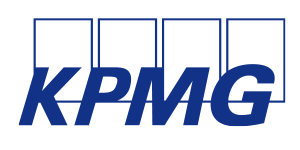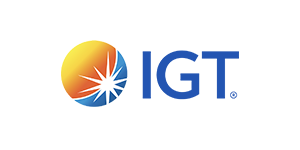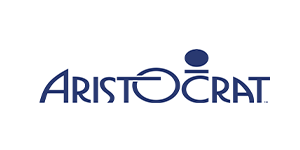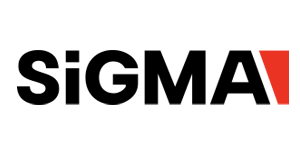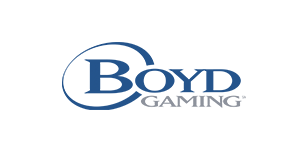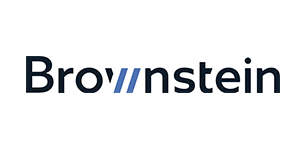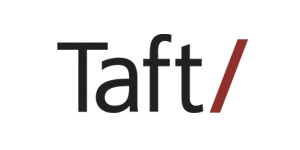- Home
- About IAGA
- Events
- Membership
- Sponsorship
|
Dematerialization of bets in Macau – the new EGM technical standards
Insight provided by Pedro Cortés and José Filipe Salreta, Rato, Ling, Lei & Cortés – Advogados e Notários The Gaming Inspection and Coordination Bureau (“DICJ”) is the public entity of the Macau Special Administrative Region (“Macau”) responsible for collaborating in the formulation and implementation of policies in the gaming sector, as well as regulating, supervising, and coordinating gaming operations and activities, under the Administrative Regulation no. 19/2021, dated 21 June. Its duties are (among others) to collaborate in the definition and coordination of gaming sector policy and, to ensure its execution, to cooperate in the preparation and improvement of regulatory acts within the scope of the DICJ, and to issue instructions to concessionaires, their management companies, gaming promoters, and other individuals or entities subject to gaming-related legislation, the latter of which it has done recently on 13 July 2021, by issuing version 2.0 of the technical standards for electronic gaming machines (“EGM”) in Macau (“Standards 2.0”).
These standards, which enter into effect on September 1, 2021, seek to update the technical requirements for the approval of EGMs by the DICJ. A transition period of 16 months until December 31, 2022 is in place for authorized EGM manufacturers to adapt to and be fully compliant with the new rules and, starting on December 31, 2022 and until 31 December 2024, all casino concessionaires and sub-concessionaires must also submit a biannual report detailing their progress in decommissioning or converting outdated EGMs to fully compliant status with Standards 2.0. Any EGM which is non-compliant with Standards 2.0 by noon of December 21, 2024 must be switched off and withdrawn permanently from the operation.
One of the most notable material changes to the previous EGM technical standards is that Standards 2.0 now determine that coin input/output systems are prohibited from using in Macau gaming floors. Likewise, all references to coin-based hardware (i.e., coin validators, coin acceptor requirements and error conditions, diverter, coin hoppers, and error conditions, drop boxes, etc.) are removed from Standards 2.0, as coin acceptors and coin hoppers are no longer foreseen, and gaming software shall also be updated under these changes.
Standards 2.0 also develops the section on Random Number Generators (RNGs) used in the implementation of EGMs, now determining that the EMG manufacturer may employ one or more types of RNGs – however, the game outcomes in an EMG must have recourse to a cryptographic RNG. The RNG section further determines the requirements regarding mechanical, hardware, cryptographic, and pseudo-RNGs and the modus operandi of such RNGs regarding seeding, distribution, independence, and functional outcomes.
Standards 2.0 further introduce the obligation for the game screen to have at all times and in a visible fashion the current local time of day, whenever the gaming machine is available for gaming. Specific stipulations on the size and display are also determined, with the added obligation for the display of the time to flash five times per term so that it is visible to the players, and for the clock to flash at the beginning of the session and then at least every 10 minutes.
Stipulations on external communications (which ensure that communications with gaming machines are secure so as to avoid unauthorized access or modification of communicated data as well as to ensure that all related translations are precise and free from error) are developed, with the obligation for communication protocols to guarantee that erroneous data or signals shall not adversely affect the operation of the gaming machine, through the use of proven error checking mechanism on the transmission, and that external data communication protocols shall as far as possible be open standards-based to allow for interoperability between gaming machines and the electronic gaming management systems.
In this regard, Standards 2.0 determine the obligation for EGMs to be permanently connected to a central monitoring system (CMS) – i.e., an electronic monitoring system or device, which is computerized or with communication intended to be used or adapted to send or receive data about gaming machines, namely concerning its safety, integrity, accounting control and auditing. EGMs which are disconnected from electronic monitoring systems must be suspended automatically whenever the connection cannot be immediately established, and EGMs which are disconnected from electronic monitoring systems are removed from the gaming location (except when they are subject to emergency maintenance), and their operation can only be resumed after their connection to the electronic monitoring system.
Finally, the revised standards introduced a whole new section on Display Audit Devices (DADs), which are devices with the capability to capture and/or store the electronic game screen(s) video and either communicate them to the casino surveillance system or store them on the device itself – the purpose of this stored information is to allow the verification of the gameplay history on the connected machine, primarily for resolving player disputes. The Standards 2.0 further determine the hardware, software, cabinet security, and operation requirements, as well as ancillary stipulations on the set-up and configuration of the device, its interface with the game operation, and its capability of streaming and/or recording the entire gameplay activity as displayed on the EGM game and jackpot screens, as well as its communication with the surveillance system of the casino in question.
The Standards 2.0 bring a much-needed update to the minimum technical requirements for EGM operating in Macau casinos, in light of the growing computerization of the gaming sector, and reinforces both the monitoring and dispute resolution aspects of EGM operation, with the inclusion of DADs to record the usage of such machines. The grace period provided by the DICJ seems to give enough time for casino operators and machine manufacturers to upgrade their existing EGMs gradually – however, this procedure involves considerable costs and organizational challenges, which should be addressed as soon as possible.
|

